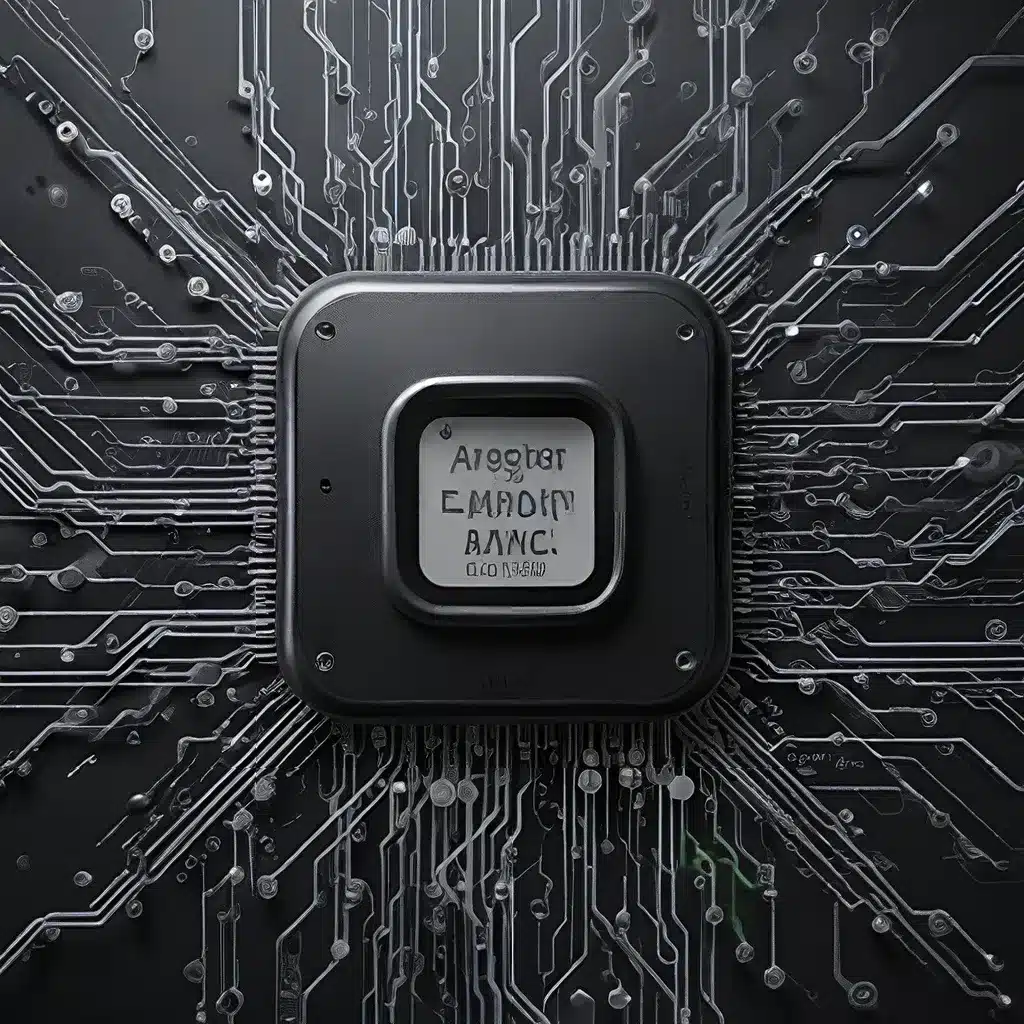
The Evolving Landscape of Sensor Networks and IoT
In the rapidly evolving world of technology, the realm of sensor networks and Internet of Things (IoT) has emerged as a powerful driver of innovation. These interconnected systems, laden with a diverse array of sensors, are transforming the way we interact with and optimize our physical environments. From smart homes and cities to industrial automation and environmental monitoring, the potential of these technologies is truly astounding.
At the heart of this revolution are the multifunctional IoT devices that are redefining the boundaries of what’s possible. These advanced sensors, equipped with the ability to collect, process, and transmit a wealth of data, are unlocking new levels of efficiency, sustainability, and intelligence across a wide range of applications.
Multifunctional Sensor Capabilities
One of the key innovations in the sensor network landscape is the development of multifunctional IoT devices. These cutting-edge sensors go beyond their traditional single-purpose roles, integrating a diverse array of capabilities within a compact form factor.
Photonic sensors, for instance, can now combine the ability to measure temperature, humidity, light intensity, and even air quality – all within a single unit. This convergence of multiple sensing modalities empowers users to gather a more comprehensive understanding of their environment, enabling data-driven decision-making and optimization like never before.
Moreover, these multifunctional IoT devices are increasingly integrating wireless communication and edge computing capabilities. This allows them to transmit data seamlessly to central hubs or cloud platforms, while also performing local processing to enable real-time insights and autonomous decision-making at the point of data collection.
Unlocking the Potential of Sensor Networks
The emergence of multifunctional IoT devices is ushering in a new era of sensor network capabilities, revolutionizing a wide range of industries and applications.
Smart Cities and Infrastructure
In the realm of smart cities, these advanced sensors are playing a pivotal role in transforming urban landscapes. Multifunctional IoT devices deployed throughout cities can monitor traffic patterns, air quality, energy consumption, and even public safety, providing city planners and administrators with a holistic view of their urban environments.
By integrating these sensors with data analytics and machine learning algorithms, cities can optimize resource allocation, infrastructure maintenance, and emergency response, ultimately enhancing the quality of life for their citizens.
Industrial Automation and Predictive Maintenance
In the industrial sector, multifunctional IoT devices are revolutionizing manufacturing processes and asset management. Sensor networks equipped with capabilities to monitor vibration, temperature, pressure, and energy consumption can provide real-time insights into the health and performance of critical equipment.
By integrating these sensor data streams with advanced analytics and AI-powered algorithms, companies can implement predictive maintenance strategies, anticipating potential failures and optimizing equipment uptime and operational efficiency.
Environmental Monitoring and Sustainability
The environmental sector has also witnessed a surge in the adoption of multifunctional IoT devices. These sensors can be deployed to monitor a wide range of parameters, including air quality, water quality, soil moisture, and biodiversity, providing valuable insights for environmental conservation and sustainable resource management.
Furthermore, by integrating renewable energy sources and energy-efficient designs, these sensor networks can contribute to the reduction of carbon footprints and the advancement of sustainable development initiatives.
Healthcare and Wellness
In the realm of healthcare and wellness, multifunctional IoT devices are transforming the way we monitor and manage our personal health. Wearable sensors can now track a variety of biometric data, such as heart rate, activity levels, sleep patterns, and blood oxygen levels, empowering individuals to take a more active role in their own well-being.
By seamlessly integrating these sensor data with mobile applications and cloud-based platforms, healthcare providers can offer personalized care, early intervention, and remote monitoring solutions, leading to improved patient outcomes and enhanced quality of life.
Overcoming Challenges in Sensor Network Design
While the potential of multifunctional IoT devices is undeniable, the design and implementation of sensor networks are not without their challenges. System compatibility, data integrity, and energy management are critical considerations that must be addressed to ensure the successful deployment and long-term sustainability of these innovative technologies.
Ensuring System Compatibility and Data Integrity
One of the primary challenges in sensor network design is system compatibility. With a diverse range of software systems, applications, and data sets within an organization, seamless integration and communication between these various components can be a significant hurdle.
To overcome this, strategic approaches and middleware solutions are often employed to act as a bridge between different systems, facilitating smoother data transfer and communication. A phased integration approach, where the project is broken into smaller, more manageable segments, can also help manage the complexity and ensure data integrity throughout the process.
Optimizing Energy Consumption and Management
Another critical aspect of sensor network design is energy management. IoT devices, particularly those deployed in remote or decentralized locations, must be designed to operate efficiently and maintain reliable power sources to ensure continuous data collection and transmission.
Energy-efficient sensor designs, low-power communication protocols, and renewable energy integration are some of the strategies being employed to address this challenge. By optimizing the energy consumption of these devices, sensor networks can achieve longer operational lifespans and reduce the need for frequent battery replacements or recharging, ultimately enhancing the sustainability and scalability of the overall system.
Towards a Smarter, More Connected Future
As the sensor network and IoT landscape continues to evolve, the integration of multifunctional IoT devices is poised to drive unprecedented levels of innovation, efficiency, and sustainability across a wide range of industries and applications.
By overcoming the challenges of system compatibility, data integrity, and energy management, these advanced sensor technologies are unlocking new possibilities for smart cities, industrial automation, environmental monitoring, and personalized healthcare, ultimately shaping a future where sensor networks are the superheroes powering our connected world.
As you explore the possibilities of sensor networks and IoT, be sure to visit sensor-networks.org to discover the latest advancements, case studies, and expert insights driving this transformative technology.